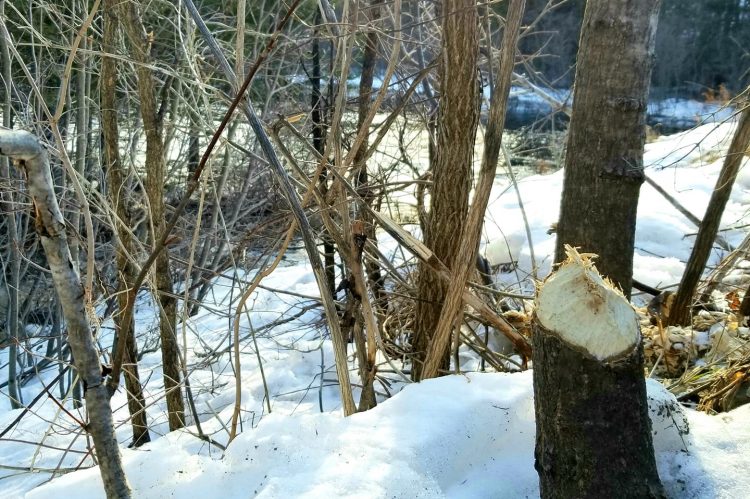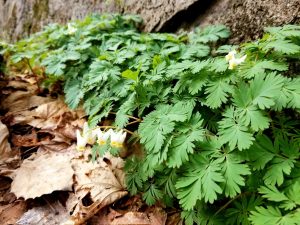Urban sprawl is on the rise and this comes with many environmental and quality of life issues. The region is experiencing rapid demographic expansion and the level of soil artificialization is accelerating at an alarming rate.* The environmental consequences of this phenomenon are well known: habitat destruction for fauna and flora, increased risk of flooding, diminished water quality, etc. Faced with this observation, Ruisseau Jackson (RJANP) considers “real estate restraint” an important issue, and one that should be at the heart of responsible land use planning.
With the arrival of spring, the organization gets back to work and plans several initiatives on the ground despite a slowdown in our social activities due to the pandemic. Ruisseau Jackson will continue its collaboration with Abrinord – Watershed organization of the Rivière du Nord. This year again, we are teaming up to collect data on water quality in the region.
Follow us on Facebook to learn more about two activities planned for the end of the summer: a chore to clean up old illegal dumps from the 1950s along the trails of the Municipality of Morin-Heights and the installation of a dozen nesting boxes for endangered birds. A collaboration with the Morin Heights Historical Association (MHHA) will also allow members of the community to learn more about the geographic and social history of the watershed. MHHA is preparing an article on the history of the river. Something we may be able to read next fall by the fire… For the moment, all at work!
** The Institut de la statistique du Québec released the 2019-2020 demographic data earlier this year. It should sound like a warning signal for the MRC des Pays-en-Haut. The report confirms what we already knew. The region is the victim of an observable real estate boom, one that we have all witnessed in recent years and in particular since the start of the pandemic.
Ruisseau Jackson… Natural filter — Biodiversity — Collective identity.


